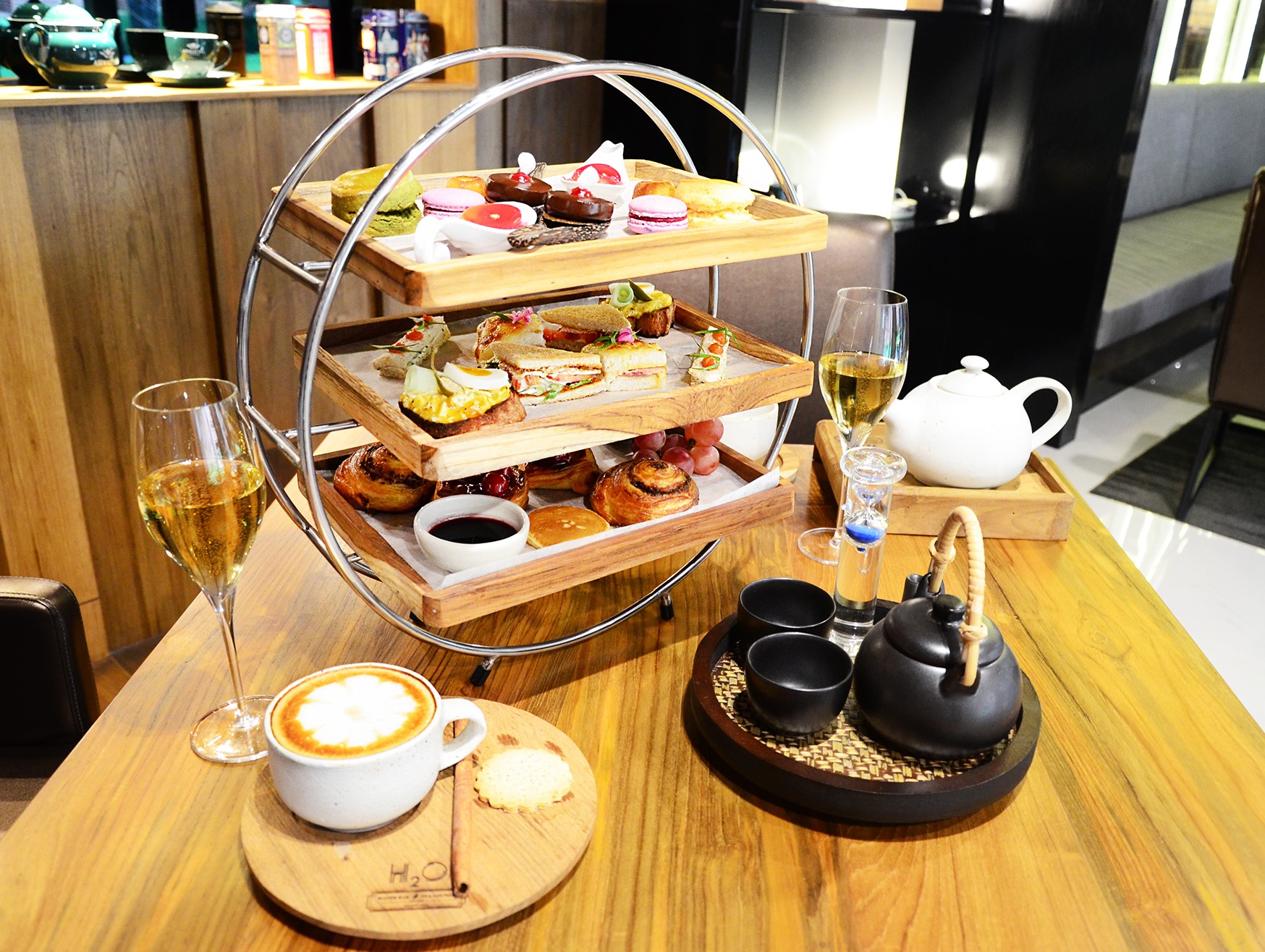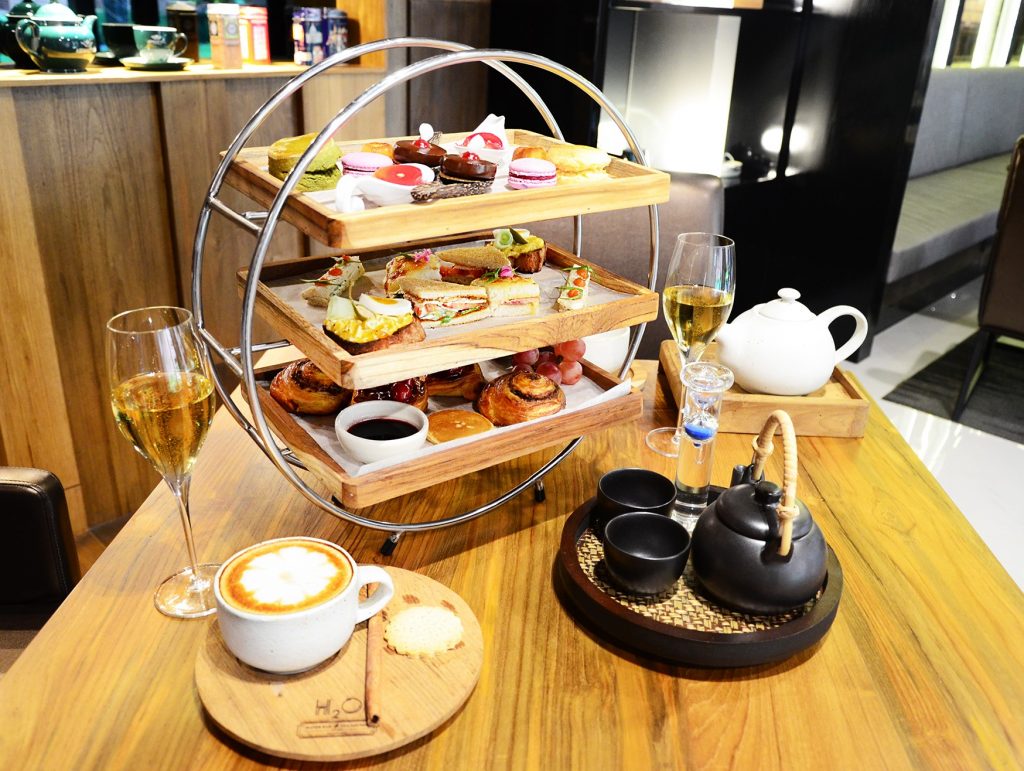On the day before her daughter Meghan’s wedding to Prince Harry, Doria Ragland was invited to have tea with the Queen.
It’s a fairly safe bet that this was no ordinary British cup of tea, or cuppa. Instead we can picture an elegant drawing room, where a butler pours the most exquisite single-estate tea into a fine porcelain tea set. On a low table between the two ladies stands a three-tiered temptation of cucumber sandwiches, scones with jam and clotted cream, pastries and beautifully dainty cakes. It is hard to imagine anything more quintessentially English.

The media’s coverage of this teatime tête-à-tête may have caused a bit of a stir in the royal household, however. Could it really be that some news outlets had described it as high tea? Doesn’t everyone know that the Queen only ever takes afternoon tea?
These days, the terms afternoon tea and high tea have become so interchangeable that anyone could be forgiven for assuming the two are one and the same. But delve deeper into this particular sugar bowl and you will discover that for such an apparently sweet and refined affair, the great British institution of teatime is surrounded by a good deal of debate.
Indeed, the Brits take their tea so seriously that opposing camps still draw sides over what may seem like rather trifling traditions. Tea with a drop of milk; or with a slice of lemon? If you do take milk, do you pour it into the cup before or after the tea? And what about scones? The English counties of Cornwall and Devon have been at odds for centuries over an incredibly important question: scones topped with cream then jam; or jam then cream?
But none of these controversies matches the most important teatime polemic of all: afternoon tea or high tea? To appreciate the difference, and to understand why the Queen only ever has the former, we need to look back into Britain’s class-obsessed past.
It is said that the English afternoon tea traces its roots back to the mid-nineteenth century. In 1840, Anna Russell, the influential socialite and seventh Duchess of Bedford, decided to legitimise her four o’clock-hunger pangs by making it fashionable to partake in tea served with an assortment of savouries and cakes. High society followed suit and soon it became normal to fill the gap between lunch and dinner with what basically constituted another meal. Afternoon tea became an event in itself.
Meanwhile, for those familiar with the British drama Downton Abbey, the contrasting high tea can be illustrated usefully in the context of the show. If afternoon tea was for Earl and Lady Grantham and their upper-class family, high tea was enjoyed by their working-class servants downstairs. Eaten at around six o’clock, it was a more substantial meal of meat or eggs, washed down with a mug of tea and conveniently timed to allow the serving staff to prepare for their employees’ dinner afterwards.
In fact, for working class families across Britain, high tea was the main evening meal. There are different theories regarding the origins of the term. Some say that high refers to the time of the meal, in the evening rather than the afternoon; others suggest that it earned the name because it was eaten at the dining, or high, table (in contrast to afternoon tea, which was eaten from a low table). Whatever the reason, the legacy lives on today in many parts of Britain, where the meal at midday is often referred to as ‘dinner’ and the evening meal is simply ‘tea’.
However, in the 21st century we can perhaps put aside some of these historical differences and unnecessary controversies. After ‘Downton Abbey’, the traditional teatime feast is one of Britain’s most famous ‘exports’ and can be enjoyed, in various forms and interpretations, at hotels, restaurants and cafes across the globe. It has developed into a truly international affair and as such, those old British debates become somewhat irrelevant. After all, isn’t preferring milk or lemon in tea just a matter of taste? And adding cold milk into the cup before the tea makes absolutely no difference to the flavour. Traditionally, it was a practical measure to prevent the delicate porcelain teacup from cracking.
In the same way, perhaps people are too busy stuffing themselves on delicious goodies to care very much about whether they are eating afternoon or high tea. So unless you’re the Queen of England, the next time you see high tea being advertised the best advice would be to get out there and indulge yourself in that tasty teatime treat, whatever it happens to be called. At least now you can say you know the difference.
